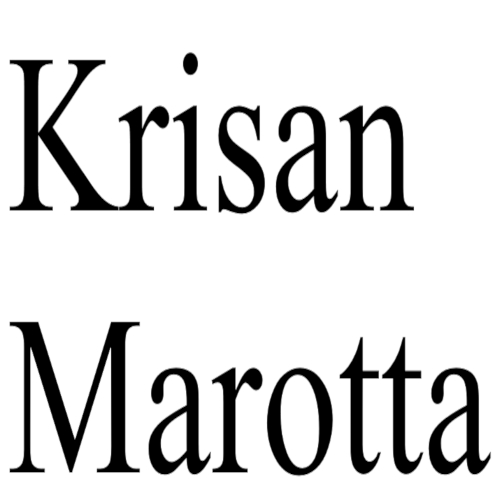
When fund managers actively trade a stock fund it produces lower returns than if they trade less than 15% each year. In “What Is The Relationship Between Turnover Rate and Returns?” we learned that having a turnover rate under 15% might be worth as much as 2.21%.
It was therefore with interest that I read “Advisors Still Favor Active Management, but Preferences Are Shifting: Practical Perspectives” which conducted a survey among advisors about their investment strategies. It said:
“Indeed, more than 80% of the advisors surveyed indicated significant or moderate use of active management strategies — with actively managed mutual funds being the most popular vehicle…”
That means only 20% of advisors largely avoid active management strategies. For the remaining 80%, significant or moderate use of actively management strategies, often meaning investing in actively-managed funds, means that they are probably suffering from all of the associated problems: higher than normal expense ratios, potential style drift, and lower than average returns.
Advisors who believe in active management usually point to US Small Cap Value as the area where active management can have the greatest benefit. They argue that the small cap arena is inefficient and a savvy manager can buy the stocks most likely to appreciate and sell them after that appreciation.
Their instinct is somewhat correct – small cap has a lot of potential for unexpected appreciation. This is why monkeys throwing darts can outperform a lot of investment experts – most people invest in large-cap stock (which is why they’re large-cap stocks) while the monkey will randomly pick small cap over large. Advisors touting active management’s benefit for small cap stocks share the monkey’s wisdom in avoiding large cap stocks, but lack the humility to realize that they won’t often choose right. As a result, active management strategies lead advisors to switch out lots of securities that don’t work, leading in turn to high turnover and lower returns.
This is why I chose to analyze small cap stocks when looking at the effects of turnover on returns. If the active managers were right, small cap stocks should have shown the highest returns when they were actively managed. They did not.
Most advisors selecting actively managed funds with turnover rates greater than 15% in the U.S. small cap value arena are experiencing lower returns. Most advisors do select those funds.
However, there is some good news. Of the advisors surveyed, 60% said they also make moderate to significant use of passive management strategies (for those who said they use both strategies, they likely manage certain asset classes passively and others actively).
Further, “Of the 40% of advisors who changed [their asset] allocations, most did so by increasing their use of passively managed investments rather than their actively managed ones.” It seems like advisors are beginning to realize that active management is not a winning game. Their clients should be thankful.
But with only 20% of advisors avoiding active management strategies overall, people looking for advisors to handle their investments should be choosy. As tempting as it is to believe you’ve found the one person who knows exactly what the stock market is going to do and can invest your money accordingly, the data says they’re probably wrong.
—
This blog post — co-authored with David John Marotta — originally appeared on marottaonmoney.com and is reprinted here by permission.
Photo used here under Flickr Creative Commons.

